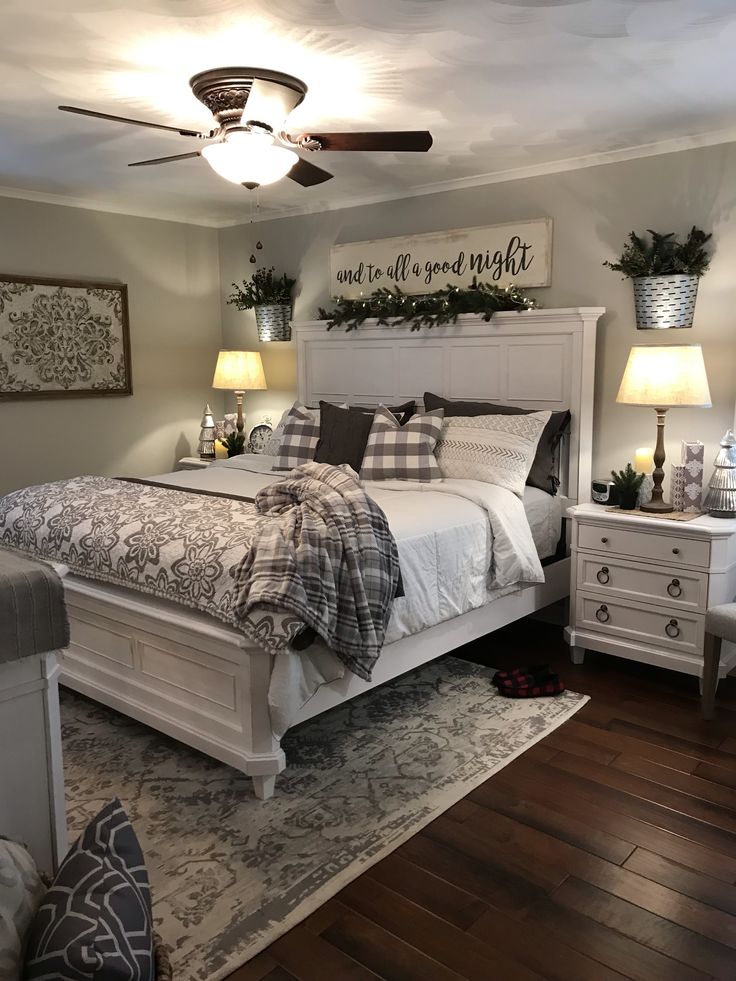How much does farrow and ball paint cost
The 9 Most Popular Farrow & Ball Paint Colors And What Decorators Use Instead To Save Money
Home renovating lately? I mean, who isn’t… But those finishing touches don’t come cheap. Here’s how to get a bargain on the best paint colors.
Farrow & Ball, a high-end paint crafted in small batches in southwest England, proudly sells for $125 per gallon in the U.S., sometimes much more. The company is known for presenting a limited number of new paint shades each year, with whimsical names such as “Mole’s Breath” or “Rangwali,” a vibrant pink hue inspired by the annual Holi festival of colors in India.
Fans say they appreciate the deep, saturated colors that dazzle even the most discerning of eyes. Yes, we agree the curated collections are beautiful, captivating even. But much like designer handbags, there are always just-as-attractive and much-less-expensive options that get the job done nicely while still keeping your budget intact. Here’s a look at how to make your space pop for less than you thought.
Chelsea Lipford Wolf, co-host of the nationally syndicated Today’s Homeowner TV show and host of the web series Checking in with Chelsea, says that with the advanced color-matching systems now available in paint stores, you can come really close to matching the designer colors from more exclusive, luxury brands.
You can bring in the sample shade you most want to emulate to most any paint and home improvement center, and staff members can look up the formula in their computer system and tint paint on the spot without the use of a chip chart. Will your color-matched paint look exactly like Farrow & Ball when it’s applied in your home? That depends on the quality of the alternative brand, which needs to be middle of the road or higher.
For example, when matching the Farrow & Ball paint color “Sulking Room Pink,” Modern Mocha by Behr gives similar vibes, though it skews slightly more mocha/brown, Wolf says.
MEET IN THE MIDDLELike so many things in life, you get what you pay for. While Wolf recommends going with whatever brand you’re most familiar with and comfortable using, you should try to select a brand’s mid-priced line or higher-end lines (those that sell for $50 a gallon or less) for better coverage.
While Wolf recommends going with whatever brand you’re most familiar with and comfortable using, you should try to select a brand’s mid-priced line or higher-end lines (those that sell for $50 a gallon or less) for better coverage.
“I personally prefer, and have a lot of experience with, Behr’s Marquee line of paint,” Wolf says. “While it’s the highest-end of Behr paint, it’s still significantly lower in cost at about $40 a gallon. It has great coverage and many colors are guaranteed to cover in one coat.”
When it comes to paint, higher quality brands often mean you will need fewer coats (and less time and effort) to achieve the look you want. Cheaper-by-the-gallon colors may seem like a good deal at first, but you’ll end up buying twice as much paint to compensate for low quality. (AKA, the cheaper the paint, the thinner the paint, which means triple if not quadruple coats are required to get the same look.)
In recent lab tests, Consumer Reports finds that most economy grade paints don’t perform well overall, and need multiple coats for the best coverage. After studying more than two dozen paint lines in 2020, Consumer Reports developed a list of the best interior paints to use. They found that paints from the same brand did not always deliver the same coverage. For example, Benjamin Moore offers paints that performed well enough to score in the “recommended” range but also sells paints that landed in “mediocre” territory. And interestingly, HGTV Home by Sherwin-Williams Showcase beat out other Sherwin-Williams paints, according to the report.
After studying more than two dozen paint lines in 2020, Consumer Reports developed a list of the best interior paints to use. They found that paints from the same brand did not always deliver the same coverage. For example, Benjamin Moore offers paints that performed well enough to score in the “recommended” range but also sells paints that landed in “mediocre” territory. And interestingly, HGTV Home by Sherwin-Williams Showcase beat out other Sherwin-Williams paints, according to the report.
“Higher quality/higher-priced paints have more pigments,” Wolf says. “Pigments are what make up the color and texture of the paint. More pigments means you’ll have deeper and richer colors. It can also mean the difference between one, two, or three coats to cover existing colors.”
Plus, more pigments will make the paint last longer and help it hold up to scuffs, dirt and grime.
Here are Wolf’s and other designers’ suggestions for alternative brands and colors for nine of the most popular Farrow & Ball shades:
To emulate Farrow & Ball’s “Ammonite,” try “Light Pewter” by Benjamin Moore
To emulate Farrow & Ball’s “Hague Blue,” try “Poppy Seed” by Behr
To emulate Farrow & Ball’s “Elephant’s Breath,” try “Big Bend Beige” by Benjamin Moore
To emulate Farrow & Ball’s “Railings,” try “Cracked Pepper” by Behr
To emulate Farrow & Ball’s “Stiffkey Blue,” try “Van Deusen Blue” by Benjamin Moore
To emulate Farrow & Ball’s “Skimming Stone,” try “Kitten Whiskers” by Benjamin Moore
To emulate Farrow & Ball’s “Sulking Room Pink,” try “Modern Mocha” by Behr
To emulate Farrow & Ball’s “Cornforth White,” try “Wish” by Benjamin Moore
To emulate Farrow & Ball’s “Mizzle,” try “Lily Pad” by Benjamin Moore
DOING WHAT YOU CAN ON A BUDGETAnd if you don’t have the time or money to paint a whole room right now, updating one wall, or painting a piece of furniture with a pop of color, can change the whole way your room feels.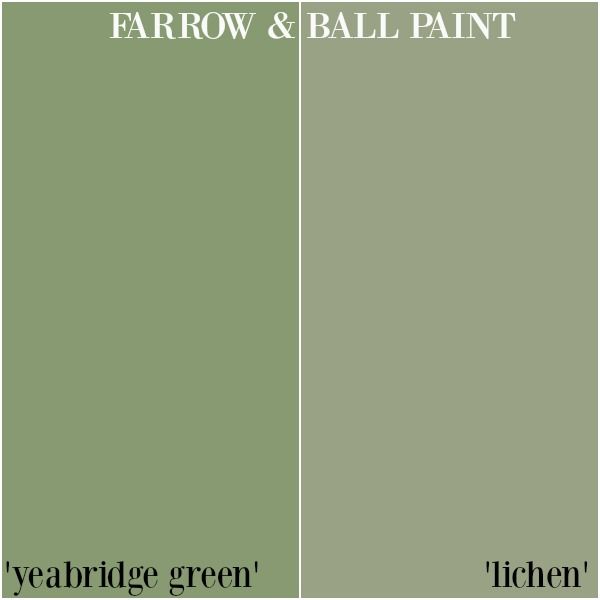 Navy blues and the right black, Wolf says, can be treated as neutrals in many spaces, too, because any color can pair well with them.
Navy blues and the right black, Wolf says, can be treated as neutrals in many spaces, too, because any color can pair well with them.
Before selling her home this spring, Wolf took on a pandemic project in 2020 and painted one wall in her bedroom using a medium green that felt inviting to prospective buyers. She used “Eucalyptus Wreath” by Behr for the wall behind the bed. When you pick a quality paint, you’ll likely only need one gallon for an entire wall.
DIMINISHING RETURNSIf price is no object and you can afford premium paint, should you pick the pricey versions simply because you can? While there are benefits to selecting some higher-priced paints, Wolf says, they are not proportionate to the difference in cost.
“The average eye and homeowner would not notice the difference enough to justify paying three times as much per gallon,” she says. “Unless you’re painting a palace, $50 or less per gallon will make your house look great!”
Alternately, some designers say the true cost of using Farrow & Ball is much higher than the price per gallon, if you follow the company’s recommended guidance for “Perfect Preparation & Application.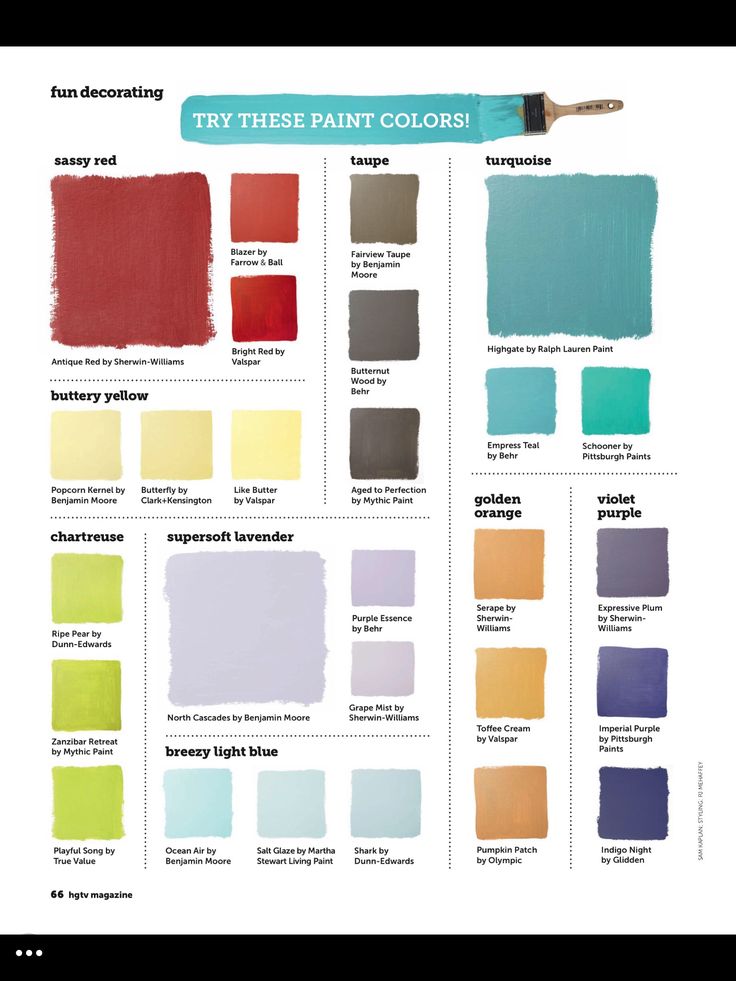 ” They call for using one coat of Farrow & Ball Primer & Undercoat in the recommended tone, followed by two coats of a chosen topcoat. For some surfaces, such as freshly plastered walls, the company recommends first using a diluted layer of your chosen Farrow & Ball topcoat color, followed by two full coats. That’s going to add up very, very quickly.
” They call for using one coat of Farrow & Ball Primer & Undercoat in the recommended tone, followed by two coats of a chosen topcoat. For some surfaces, such as freshly plastered walls, the company recommends first using a diluted layer of your chosen Farrow & Ball topcoat color, followed by two full coats. That’s going to add up very, very quickly.
We know picking a paint color, let alone a brand, can be a maddening process. There’s so much to choose from! So many price ranges to consider! So many possibilities! To help you narrow your list, here’s a look at the six top paint lines from Consumer Report lab tests, in alphabetical order: Behr, Benjamin Moore, Kilz, PPG, Prestige Paints and Valspar.
Didn’t see your favorite paint brand listed? Maybe for your next home improvement project, it’s time to give something new a try!
More on HerMoney:- The True Value of an Accent Wall: The Boost They Give Your Home’s Value
- Podcast: Stop Thinking Like a Seller and Start Thinking Like a Buyer
- Paying For a Home Reno Without Upfront Cash
- Redecorating Success Story: How to Transform Your House on a Budget
- How to Decorate Like Your Favorite TV Character (With the Thriftiness of a Professional Set Decorator)
SUBSCRIBE: Own your money, own your life.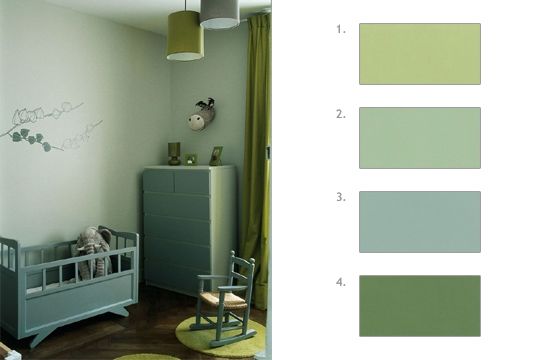 Subscribe to HerMoney to get the latest money news and tips!
Subscribe to HerMoney to get the latest money news and tips!
Editor’s note: We maintain a strict editorial policy and a judgment-free zone for our community, and we also strive to remain transparent in everything we do. Posts may contain references and links to products from our partners. Learn more about how we make money.
Farrow & Ball vs. Benjamin Moore (Which Paint Is Better?)
Benjamin Moore is a household name in paints, offering a staggering 3,500+ color choices at various price points.
Farrow & Ball is a boutique company based in the United Kingdom that partners with designers like Kelly Wearstler to develop its unique color collections.
Does boutique equal better quality? Which paint is the best value?
In this comparison of Farrow & Ball vs. Benjamin Moore, you’ll learn how these two brands compare in areas like color, durability, VOCs, pricing, and more.
I also share which important product information Farrow & Ball doesn’t disclose to their customers.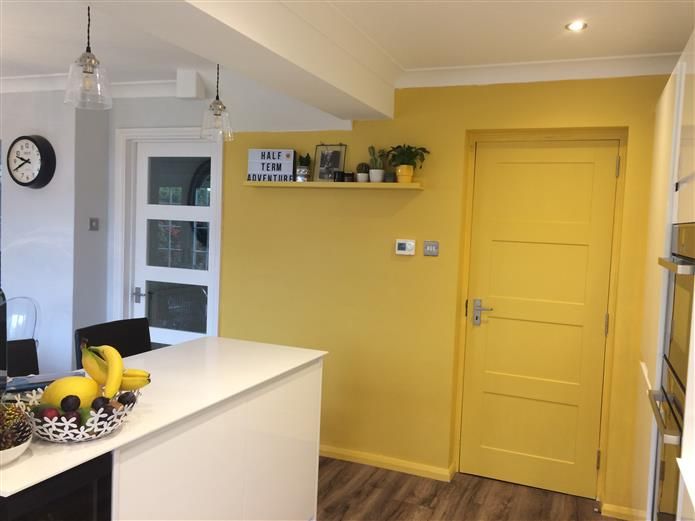
Use the links below to navigate the comparison:
- Paint Lines
- Volume Solids
- VOCs
- Where It Is Sold
- Colors
- Price
- What Paint Experts Say About Farrow & Ball and Benjamin Moore
- What Others Say
- Bottom Line: Which Paint Should You Use?
Paint Lines
Farrow & Ball and Benjamin Moore approach paint lines differently.
Farrow & Ball doesn’t offer a conventional line of paints. Instead, It advertises its paint finishes (think eggshell, high-gloss, or others that you would typically choose from once you’ve decided on a paint line) as the equivalent to the conventional paint lines.
Farrow & Ball FinishesBenjamin Moore offers paint lines that reflect most paint brands’ approach to product types.
In this section, you’ll learn about the suite of Farrow & Ball products and the top Benjamin Moore paint lines.
Never Miss a Deal
Want to know when brands like GE, Bosch, Benjamin Moore, and Sherwin-Williams go on sale? Join our free newsletter to get deal alerts, giveaways, and exclusive content.
Farrow & Ball Paints
Farrow & Ball Modern Emulsion is an all-around durable interior paint available in a matte finish. This product is its go-to paint for high-touch and moisture-prone walls and ceilings.
Farrow & Ball Estate Emulsion is the signature interior paint for Farrow & Ball and is available in its full range of colors. With a chalky matte finish, this paint lends well to adding depth of color. It can be wiped but not washed.
Farrow & Ball Estate EmulsionFarrow & Ball Estate Eggshell is Farrow & Ball’s choice for interior wood and metal painting, and contrary to its name, it offers a satin finish. This product is best suited for painting doors, radiators, or kitchen cabinets.
Farrow & Ball Modern Eggshell is the most durable product in Farrow & Ball’s lineup. Again contrary to its name, Modern Eggshell is a satin finish recommended for skirting, baseboards, and floors.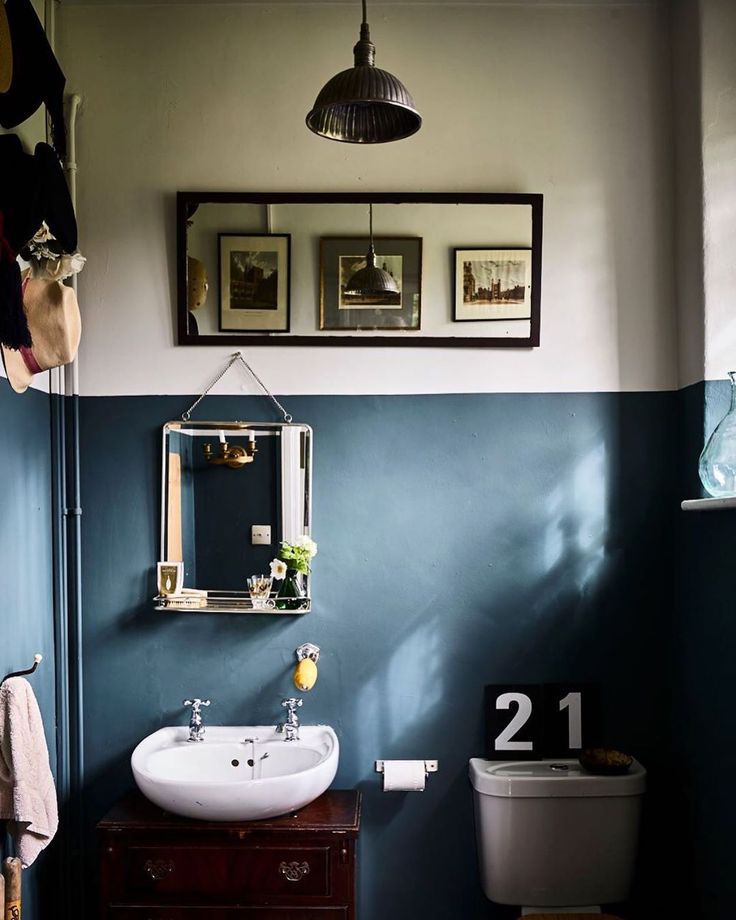
Farrow & Ball Full Gloss is the highest-shine finish offered by Farrow & Ball, and its versatile formula works on interior and exterior surfaces. It is advertised for best use on wood and metal.
Farrow & Ball Exterior Eggshell is best for outdoor surfaces. It boasts a resin-rich formula that allows the paint to expand and contract with the weather, resulting in less flaking and chipping during its lifetime.
Farrow & Ball Exterior Masonry offers a matte finish and extreme breathability, which allows for a much longer lifespan of the paint. This finish is only available in 108 colors.
Farrow & Ball Dead Flat is best used in specific interior settings as its delicate finish does not lend to washing or wiping. It is made from an alkyd resin to emulate an 18th-century paint finish.
Benjamin Moore Paints
Benjamin Moore offers several different lines to suit a myriad of paint projects.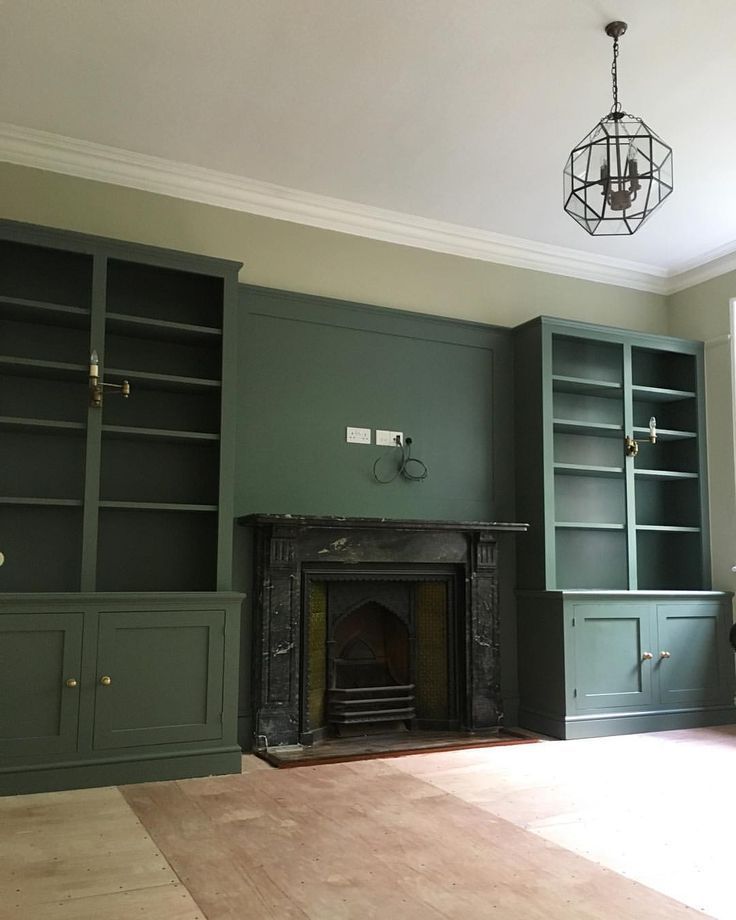
Here you’ll see a brief description of each of its top lines.
Benjamin Moore Aura is a smooth finish interior and exterior paint line featuring Color Lock technology. This proprietary feature makes the color last longer without rubbing off. Check out my comparison of Regal Select vs. Aura paint to learn more.
Benjamin Moore Regal Select is a paint line you can use for the interior and exterior of your home. It comes in various finishes like matte, pearl, and semi-gloss. Plus, it has stain-release technology, making it easy to clean.
Benjamin Moore ben is advertised as the brand’s user-friendly paint option, with an extended open time, self-priming technology, and zero-VOCs. Ben is the most affordable paint line offered by Benjamin Moore.
Benjamin Moore Advance is a durable interior and exterior paint line designed for superior coverage and easy application. The interior version comes in three finishes, while the exterior comes only in a high-gloss finish.
Benjamin Moore also offers a series of specialized paints for specific jobs, like the Floor & Patio Latex Enamels or the INSL-X Cabinet Coat. Visit BenjaminMoore.com or ACEhardware.com to learn more.
Read my guide to Benjamin Moore paint grades to learn more.
Volume Solids
Why is the measurement of volume solids essential when comparing paint lines?
Knowing the volume solids’ percentage will help you predict how much coverage a gallon of paint will have.
Paint consists of a combination of solid and liquid components. The liquids (water or thinner) allow you to roll the paint onto a surface. The solids (pigment, binding components, and additives) will remain on that surface once the liquids dry.
Awareness of volume solids will help you assess your paint purchase value. It will also assist with the following:
- Calculating how much paint you need for your project
- Determining drying times
- Comparing relative prices of paints with different volume solid percentages
Companies express volume solids through a percentage of the total volume of the product.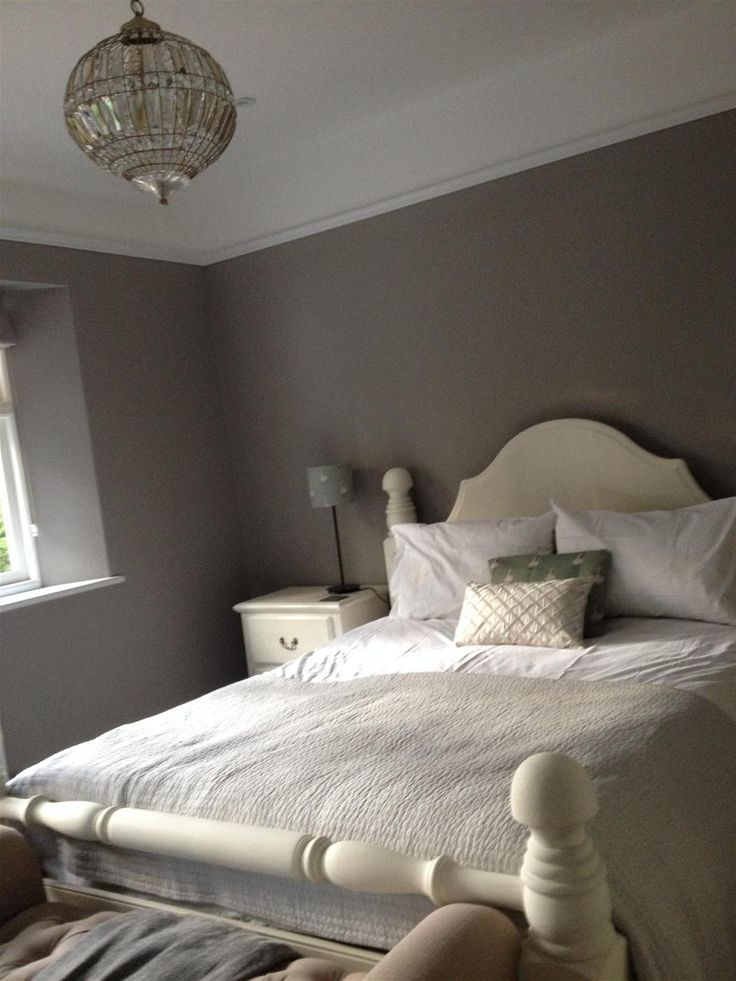 Most high-percentage paints will have a higher cost per gallon and generally tend to provide higher coverage and durability.
Most high-percentage paints will have a higher cost per gallon and generally tend to provide higher coverage and durability.
For most paint brands, volume solids vary by finish within a paint line. This variation is demonstrated in the below Benjamin Moore tables, which break each line down by finish.
You’ll notice that Farrow & Ball has no volume solids table. This company does not post its volume solids levels online.
I reached out to Farrow & Ball to see if it would provide information about volume solids upon request and was advised that it “does not disclose this information.”
This lack of transparency is worth noting and may factor into your purchasing choices.
Without the information about Farrow & Ball’s volume solids, I cannot accurately compare its formulas against its competitors.
What can be confirmed from these numbers is that Benjamin Moore’s Aura line (it’s premium paint, you’ll recall) has the highest volume solids percentage, while the budget line, ben, has the lowest rate of volume solids.
Benjamin Moore Interior Volume Solids
Note: N/A appears in the cell when the line doesn’t include a specific finish.
| Paint Line | Flat | Matte | Eggshell | Satin | Semi-Gloss |
|---|---|---|---|---|---|
| Aura | N/A | 48% | 48% | 42% | 40% |
| Regal Select | 38% | 43% | 41% | 40% | 36% |
| ben | 32% | N/A | 35% | N/A | 39% |
| Advance | N/A | 49% | N/A | 39% | 37% |
Benjamin Moore Exterior Volume Solids
| Paint Line | Flat | Matte | Satin | Semi-Gloss | High-Gloss |
|---|---|---|---|---|---|
| Aura | 46% | 44% | 40% | 38% | N/A |
| Regal Select | 42% | 43% | N/A | 42% | N/A |
| ben | 35% | 33% | N/A | 35% | N/A |
| Advance | N/A | N/A | N/A | N/A | 42% |
VOCs
Besides volume solids, you may have heard of volatile organic compounds (VOCs) before when comparing different paint brands.
Remember how I said earlier that the liquid content in paint evaporates while the volume solids are left behind?
Well, some of that liquid content includes solvents, which evaporate at room temperature. These solvents are also known as VOCs.
VOCs are more common than you might think. They can appear in aerosol sprays, room deodorizers, and pesticides.
But while they go largely unnoticed in your day-to-day life, they threaten your health. The Minnesota Department of Health claims they can have short-term effects, including headaches and dizziness. Exposure to high VOC levels can cause cancer and damage your nervous system, liver, and kidneys.
Some paints can continue to emit VOCs long after drying, worsening indoor air quality.
For all these reasons, it’s essential to find low-VOC paint.
Officially, paints with less than 50 grams per liter (g/l) of VOCs are considered low-VOC. Still, low VOC doesn’t mean 100% safe, so practice these safety tips:
- Wear safety goggles and gloves to protect your skin and eyes.
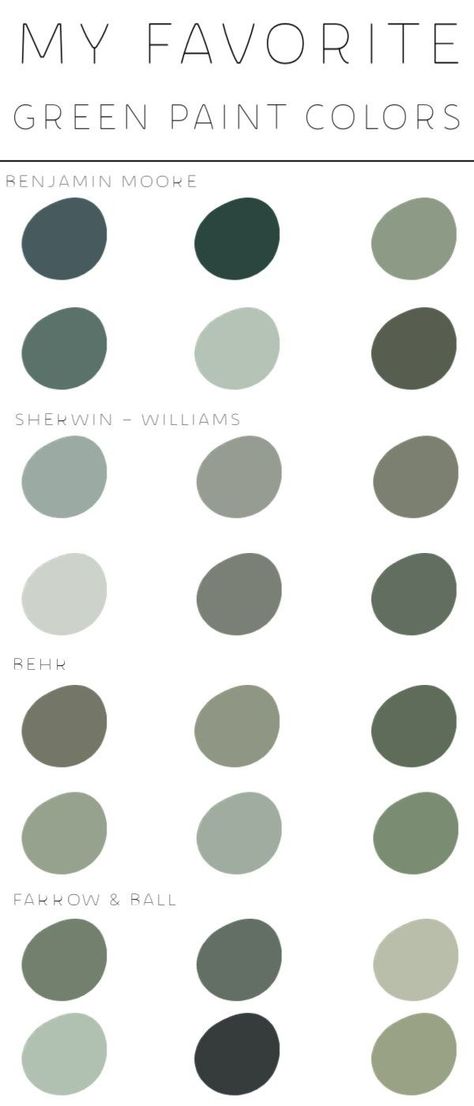
- Make sure your room has proper ventilation — open the windows and turn on fans if you have them.
- Once the room is painted, leave it to dry for a few days.
Some paints even have no VOCs, but since paint can still have harmful chemicals, I recommend following the safety tips above. It’s just considered slightly safer for your long-term health than low-VOC paint.
Both Benjamin Moore and Farrow & Ball offer low-VOC paints. One unique thing about Benjamin Moore is that it also provides zero-VOC paint (Aura and interior ben).
You can find out more in the charts below:
Farrow & Ball VOCs
| Farrow & Ball Paint | Paint VOCs (g/l) |
|---|---|
| Modern Emulsion | 4 g/l |
| Estate Emulsion | 4 g/l |
| Estate Eggshell | 15 g/l |
| Modern Eggshell | 6 g/l |
| Full Gloss | 18 g/l |
| Exterior Eggshell | 4 g/l |
| Exterior Masonry | 1 g/l |
Benjamin Moore VOCs
| Benjamin Moore Paint | Interior Paint VOCs (g/l) | Exterior Paint VOCs (g/l) |
|---|---|---|
| Aura | 0 g/l | 46 g/l |
| Regal Select | < 50 (Semi-Gloss < 100 g/l) | < 50 g/l |
| ben | 0 g/l | < 50 g/l |
| Advance | 44 to 48 g/l | 46 g/l |
Where It Is Sold
Finding Farrow & Ball paints is more challenging due to its limited distribution at independent retailers. Conversely, Benjamin Moore is sold at many hardware stores across America.
Conversely, Benjamin Moore is sold at many hardware stores across America.
Farrow & Ball is available in a limited number of stores, including its company-owned and operated locations and some independent stockists.
Farrow & Ball has 15 showrooms across America. You can also purchase Farrow & Ball paints at independent stockists. Check out Farrow-Ball.com for store locations.
Benjamin Moore products are sold at Ace Hardware and thousands of independently owned paint and hardware stores across America. Check out the Benjamin Moore store locator to find a retailer near you.
Colors
When it comes to color selection, Benjamin Moore extends far beyond Farrow & Ball with a staggering 3,500+ colors. Farrow & Ball only offers 132 colors.
All paints created by Benjamin Moore benefit from its proprietary Gennex Technology, which helps to resist color fading and stands up to harsh weather conditions, among other benefits.
This technology also means that it is nearly impossible to replicate its colors if you hope to color-match other paint brands.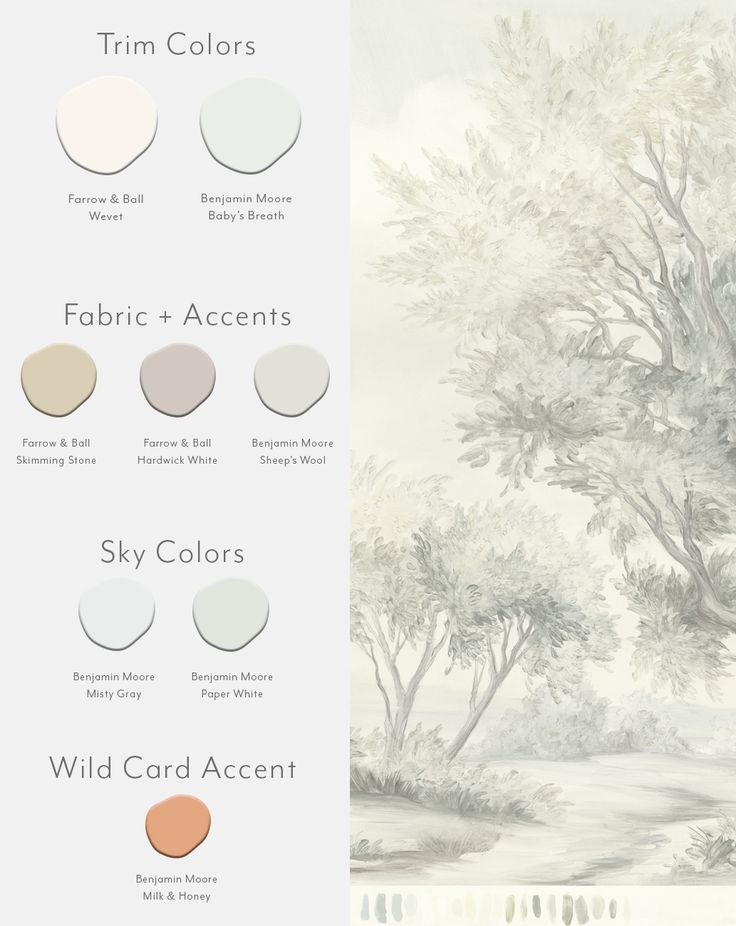
Benjamin Moore offers a variety of tools to help browsers navigate through the catalog of colors, including:
- Search Color by Family, Trends, or Collection allows users to shop around by comparing the various colors by family. It also showcases color trend predictions for the coming year and curates complementary palettes by collection.
- Color a Room provides a series of stock room photos to virtually test its many color options.
- Personal Color Viewer applies the same principle as Color a Room but allows users to upload their own photos to get a sense of what that color would look like in the finished space.
Benjamin Moore also offers these functionalities through its app to compare colors on the go.
Farrow & Ball charges a high fee (between $250 and $500) for its one-on-one color consultancy service. It also offers 100 mL samples for a price.
Both companies offer free paint swatches.
Price
When looking at Farrow & Ball vs. Benjamin Moore in terms of price, Farrow & Ball paint is significantly more expensive. All of its paint starts at over $100 a gallon, with the cheapest finish being $120 (Estate Emulsion) and the most expensive finishes being $150 (Modern and Exterior Eggshell).
Benjamin Moore has a wider range of price points that run the gamut from budget-friendly to premium. On the premium side is Aura, while ben is the most affordable paint line.
To illustrate the price range, Aura costs $98.99 and ben costs $52.99 per gallon (for the interior version). In total, there is a $46 difference between these two lines.
Using the chart below, you can price-compare Farrow & Ball and Benjamin Moore paint:
| Paint | Price Per Gallon | View Price |
|---|---|---|
| Benjamin Moore Aura Interior | $89.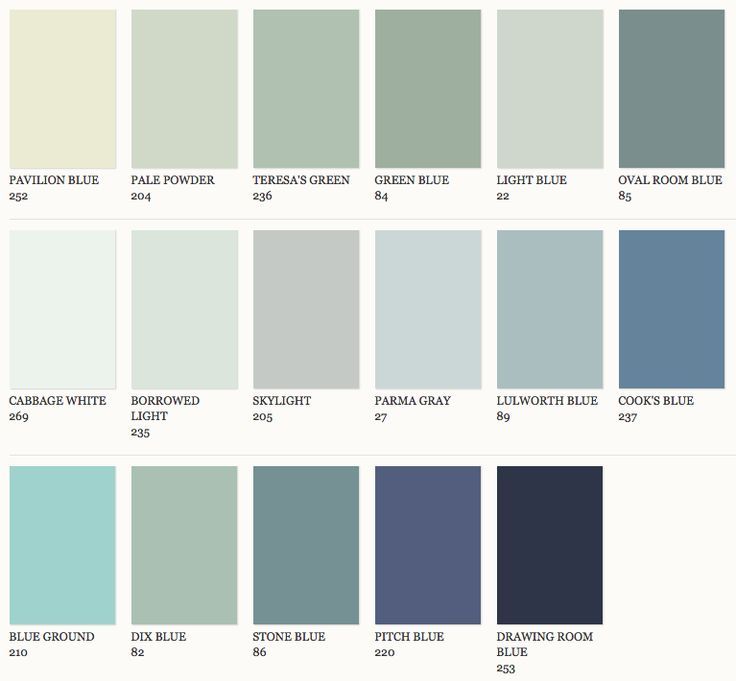 99 99 | AceHardware.com |
| Benjamin Moore Regal Select Interior | $74.99 | AceHardware.com |
| Benjamin Moore Ben Interior | $46.99 | AceHardware.com |
| Benjamin Moore Ben Exterior | $55.99 | AceHardware.com |
| Benjamin Moore Regal Select Exterior | $74.99 | AceHardware.com |
| Farrow & Ball Modern Emulsion Interior | $130.00 | Farrow-Ball.com |
| Farrow & Ball Estate Emulsion Interior | $120.00 | Farrow-Ball.com |
| Farrow & Ball Full Gloss Interior | $135. 00 00 | Farrow-Ball.com |
| Farrow & Ball Exterior Eggshell | $150.00 | Farrow-Ball.com |
What Paint Experts Say About Farrow & Ball and Benjamin Moore
To get an expert opinion on Farrow & Ball and Benjamin Moore, I called Johnson Paint, a paint store in Boston, Massachusetts, that’s been in business since 1939. They sell both Benjamin Moore and Farrow & Ball and know each brand well.
When I spoke to the paint specialist there, I asked: what are the main differences between Benjamin Moore and Farrow & Ball?
He said, “Farrow & Ball is a specialty paint brand out of the UK. It’s known for having stronger pigments, so the colors are more vibrant when the paint is on the wall. The downside is that the color choices are limited, and it’s much more expensive than Benjamin Moore.”
He also said, “Both brands are phenomenal. And there are no major differences in quality. Both provide great coverage, durability, and washability.”
And there are no major differences in quality. Both provide great coverage, durability, and washability.”
“If you really love a Farrow & Ball color, you can match it with Benjamin Moore,” he said.
I asked if the vibrance of Farrow & Ball is actually noticeable. In other words, if I match a Farrow & Ball color with Benjamin Moore and put both paints side-by-side on the wall, will Farrow & Ball look noticeably richer and more vibrant?
He said, “There would be a slight difference, but most people wouldn’t notice.”
He also mentioned, “Most contractors love Benjamin Moore, but many complain about Farrow & Ball. They say it takes 2 or 3 coats and is difficult to work with. But once it’s on the wall, it looks great.”
What Others Say
Benjamin Moore is a well-known brand that is widely available. It is reviewed frequently and receives plenty of commendations, particularly for its Regal Select line.
Farrow & Ball doesn’t appear prominently in reviews or bestsellers lists, likely due to its limited distribution and high prices.
The few websites that review Farrow & Ball sing its praises.
Here is a summary of what other websites and experts have to say about Farrow & Ball and Benjamin Moore paints:
In a J.D. Power Paint Satisfaction Survey from 2021, the 5,804 customers surveyed rated Benjamin Moore as the best interior paint brand.
The New York Times Wirecutter chose Benjamin Moore Regal Select as their top pick and ben as the best budget pick. They said that Regal Select had great coverage, durability, and cleanability.
Bob Vila rated Benjamin Moore as the runner-up for the best paint brands behind Sherwin-Williams. They praised the Gennex Color Technology for giving the paint excellent performance and said it was resistant to water and oil stains. They did have a few points of criticism, though, saying that it tends to dry quickly and leave streaks.
Real Simple selected Benjamin Moore as one of their top interior paint brands, praising the free Color Portfolio app and the wide range of colors. Regal Select was the only line they mentioned by name, saying that it had smooth, uniform coverage and a variety of finishes.
Regal Select was the only line they mentioned by name, saying that it had smooth, uniform coverage and a variety of finishes.
Another top brand they mentioned was Farrow & Ball. They said that while it’s not as budget-friendly as other brands, they appreciated the “gorgeously rich color collections” and uniqueness of their paints.
Country Living said Farrow & Ball paint, specifically its Full Gloss finish, was the best gloss finish paint for interiors. They said it was a highly durable option that looked beautiful for interior applications.
Better Homes and Gardens rated Benjamin Moore ben paint (specifically the soft gloss finish) as the best overall option for exterior paint. They said the top benefit was its coverage and also appreciated its mildew resistance, durability, and rich color.
Benjamin Moore Aura paint was the winner for the best color selection category on the list of the best exterior paints from The Spruce. The only con they listed was that some might find the paint too thick, though they also said this positively affected its durability.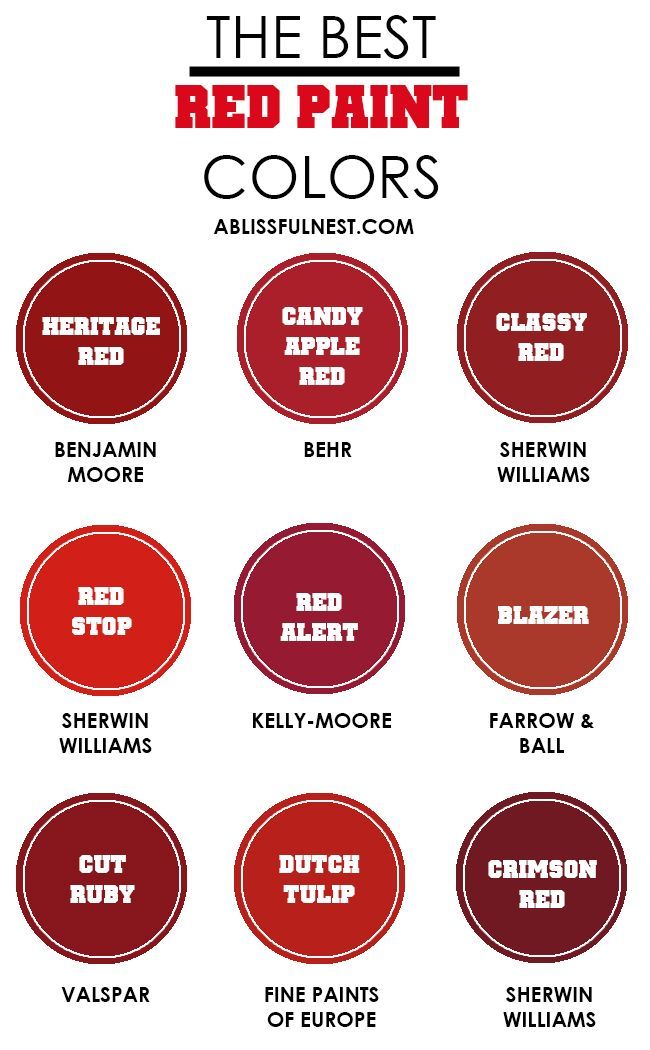
Comparing Benjamin Moore paints with Farrow & Ball’s is a challenging endeavor.
With Farrow & Ball’s higher price point and limited availability, it caters to a more exclusive clientele.
Benjamin Moore is an accessible option for the average painter who wants to get their paints from a hardware store.
Before getting to my top pick, let’s recap the key differences:
- Benjamin Moore has a variety of paint lines, while Farrow & Ball has different finishes. Both brands offer interior and exterior paint.
- Farrow & Ball keeps its volume solids private, making it difficult to compare different finishes and competitors. Benjamin Moore does offer this data, and Aura has the highest volume solids percentage while ben has the lowest.
- Both Farrow & Ball and Benjamin Moore offer low-VOC paint. The interior version of ben and both versions of Aura have no VOCs.
- Farrow & Ball is limited to independent stockists and branded stores.
 Benjamin Moore paint is easier to find since it’s at independent paint and hardware stores and Ace Hardware.
Benjamin Moore paint is easier to find since it’s at independent paint and hardware stores and Ace Hardware. - Benjamin Moore offers significantly more colors, over 3,500 in total. Farrow & Ball has a limited selection of 132 colors.
- Benjamin Moore has many free color selection tools, including a mobile app. Farrow & Ball only has a color consultancy service and limited paint swatches.
- Farrow & Ball paint starts at over $100 per gallon for every finish. Benjamin Moore does have premium options, but it also has budget-friendly paints like ben.
- Benjamin Moore is a well-recognized brand with more accolades and awards to its name.
Farrow & Ball might be worth it if you have the budget and there’s a specific color or finish you can’t live without.
But for most people, I recommend Benjamin Moore. It’s a critically acclaimed paint brand with a range of options and over 3,000 colors. Plus, you can match any Farrow & Ball color with Benjamin Moore. It’s also available at thousands of stores throughout the U.S.
It’s also available at thousands of stores throughout the U.S.
Learn more about both brands at Farrow-Ball.com, BenjaminMoore.com, and ACEhardware.com.
How long a pregnant pig walks, farrowing of Vietnamese pigs for the first time, how many piglets are born
The Vietnamese breed appeared in Russia and neighboring countries relatively recently, but was able to quickly win the love of many breeders. Their popularity is growing due to several important features for farmers: for example, they reach puberty as early as 3 months of age, and by 6-7 months a full-fledged pig with a balanced diet can weigh about 100 kg. The breed belongs to dietary, bacon, therefore its pork meat is highly valued among livestock companies. Plus, each farrowing of the animal is from 5 to 15 piglets, which is approximately 30-35 new piglets per year. To make a profit, it is necessary to create comfortable conditions for pregnant individuals and follow several rules, which are described below. nine0005
nine0005
Content
- How to find out that the Vietnamese pig Pregnant
- Signs of pregnancy and Vislobryukha pig
- How many months the Suprosynaya hatches offspring
- The number of piglets
- Conditions for the Pigo
- Signes of close environmental food, dripping milk
- Care
- For the sow
- For the piglets
- What complications can occur during breeding
- How to give birth at home: how to help
- If the first farrowing
- Castration: why is it necessary, determine the term hands
- How insemination happens: hunting, when to happen
- Video
- Conclusions
How to know if a Vietnamese pig is pregnant
Unlike the Pietrain and Landrace breeds, Vietnamese sows and boars are ready to mate as early as 3 months. But experienced farmers say that the first mating is best done at 5-5.5 months, like in conventional breeds.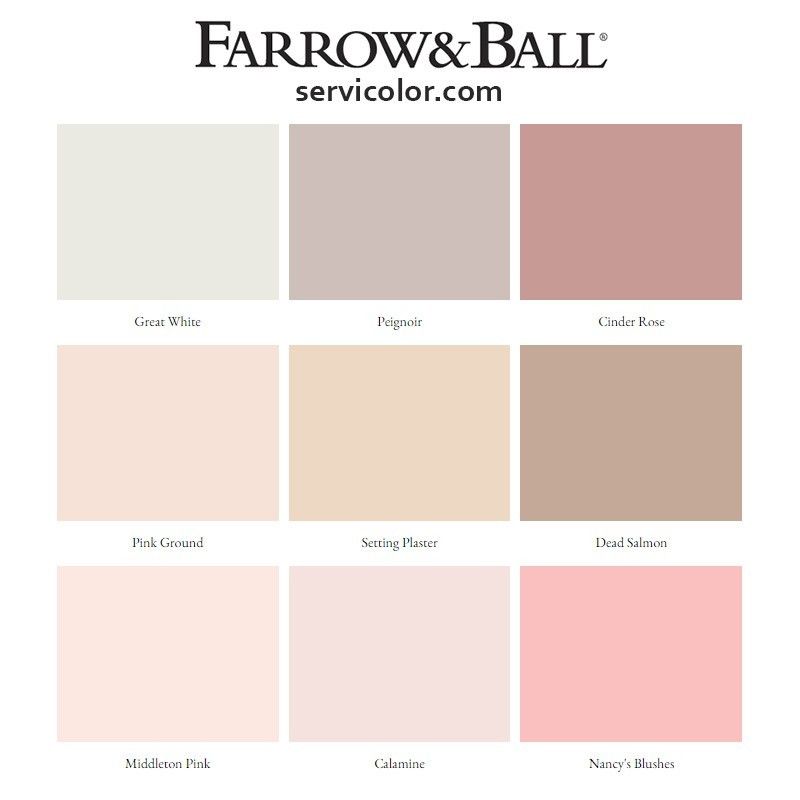 Read about how many days a pig walks in this material.
Read about how many days a pig walks in this material.
Despite the early maturity, the older the pig, the easier it is to give birth. Also, the percentage of obtaining healthy offspring increases with the age aspect.
Signs of pregnancy and mumps
Gynecological signs by which the breeder understands that the fertilization was successful:
- The sow calms down, is more passive and good-natured.
- A sharp weight gain begins, shapes are rounded.
- The animal constantly carries straw in one place, as if making a nest.
- Nipples swell, redden. If you gently press on them, a clear liquid appears - colostrum.
- After intercourse in a normal pig after 2-3 weeks, re-attraction is noticed. The absence of this is another sign of pregnancy. nine0012
- White, porous discharge can sometimes be seen on the genitals.
A rapid increase in muscle mass helps to determine that the female is preparing for childbirth and rearing offspring.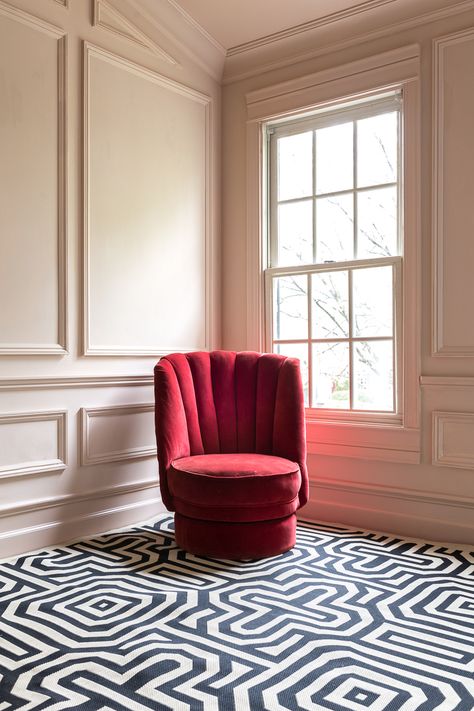 All of the above signs signal the owners that the pig is ready for farrowing.
All of the above signs signal the owners that the pig is ready for farrowing.
How many months does a pregnant woman bear offspring?
The simplest terms in obstetrics are called - 3 triplets: 3 months, 3 weeks, 3 days. In a more precise calculation, from 114 to 120 days. The term varies from the number of calves to be born, the weight of the pig, what kind of pregnancy is in the account and other gynecological factors. nine0005An imminent birth process is preceded by a prolapse of the abdomen, a clear selection of cotyledons, restless nature of the animal.
Number of piglets
It is difficult to predict how many offspring a sow will give birth to. As a rule, during the first pregnancy it is about 5 piglets, then the numbers vary from 9 to 14 per farrow.
Conditions for the sow
Healthy offspring are born under the most comfortable conditions during the sow's pregnancy. Particular attention should be paid to nutrition: it must be complete and balanced. Learn how to farm pigs at home here. nine0005
Learn how to farm pigs at home here. nine0005
- The animal is given the driest, cleanest and softest, warmest pen in the barn . The place is especially carefully prepared in winter.
- Try not to let other pigs enter her personal territory.
- Avoid stress, because despite the calm temperament during pregnancy, at the same time the animal is very shy and cautious.
- Providing a complete, balanced diet. This is an important point, since after farrowing the pig throws off a large mass and it is very difficult for her to recover, since piglets require nutrients, vitamins found in her milk. nine0012
Feeding chart
Preparation rules
At the end of pregnancy, the pig can be compared to a long ball, as the belly becomes simply huge. After the lowering of the belly and the appearance of other signs of imminent delivery, they begin to prepare a place for her.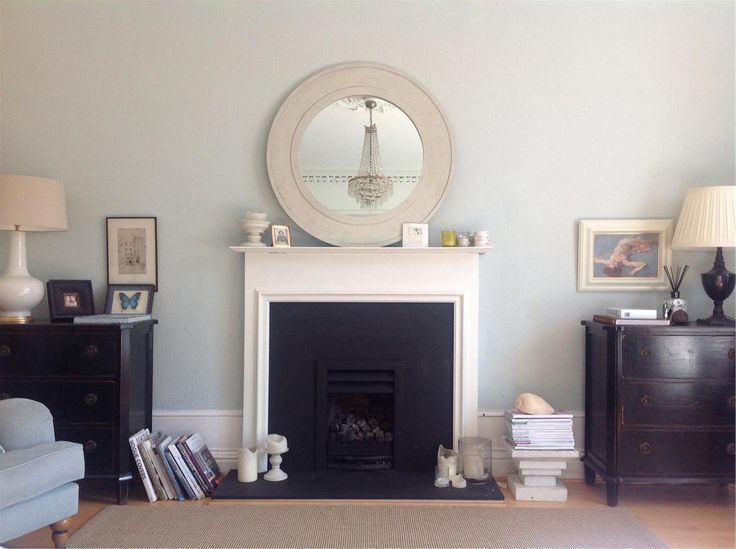
2-3 days before the birth of piglets, a pig is allocated a separate, isolated stall, in which to separate half for future offspring.
A few days before the start, food and drink are limited and minimized; the floor is covered with thick straw . The pig itself is washed, especially carefully passed over the stomach and udder; the skin is treated with an antiseptic.
Before giving birth, prepare all the necessary things for this:
- Burlap, clean old towels. They wipe the pig from mucus.
- Cut umbilical cord with iodine
- 2-3 buckets of warm, room temperature or warmer water are useful for washing the pig and calves after farrowing.
- Newborn crates and an incandescent lamp are needed to keep the newly born piglets warm. It's a good idea to wrap them additionally in burlap. nine0012
- Oxytocin stimulates the process and speeds up labor.
Oxytocin is injected to induce labor.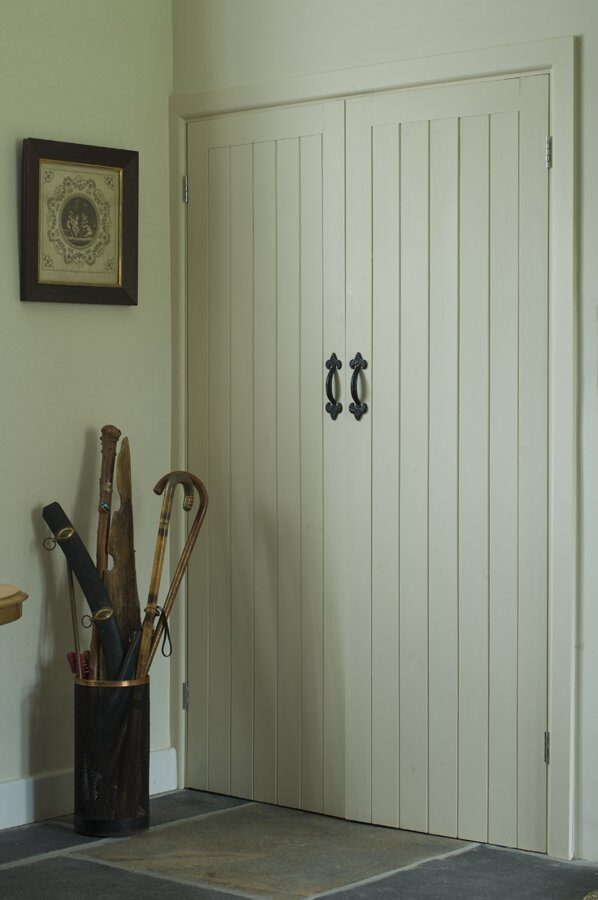
Oxytocin is sold in non-veterinary pharmacies in ampoules. It is injected into the skin under the ear twice if the birth is expected to be difficult.
Signs of imminent farrowing: refusal to eat, dripping milk
To understand the imminent signs of farrowing in Vietnamese pigs, you should carefully monitor the animal:
closer to people. nine0005
- a week before the birth, the stomach drops, the nipples swell strongly;
- One of the surest signs that in a few hours farrowing will begin: instead of colostrum, milk begins to drip from the mammary glands;
- the sow stops eating and drinking, or the amount is significantly reduced.
Disinfectants must be selected without odor and any fragrances.
Care
After giving birth, especially the first one, it is worth paying attention to the pig and helping it adapt after birth, and the piglets to a new life.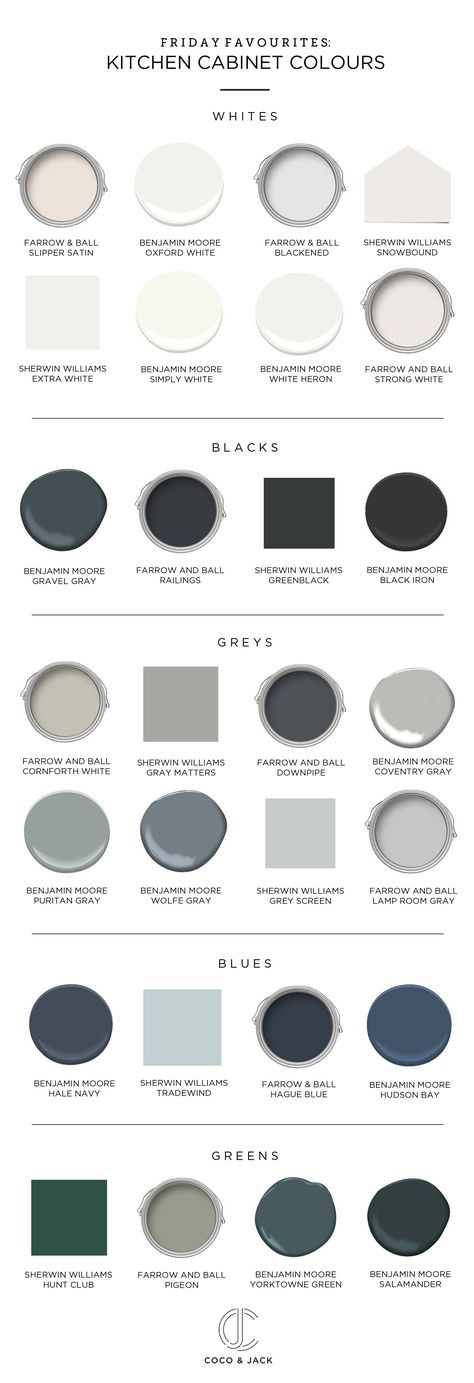 nine0005
nine0005
For the sow
One of the basic rules for the fastest recovery and increase in milk volumes is high-calorie, vitamin-rich food and in large volumes. But the first dish after childbirth is a liquid mash of milk and oatmeal.
Make the pig get up and walk around the pen; if she does not want to and lies all the time, call the veterinarian. After 5 days, take her outside to ease the postpartum condition.
Piglets
Absolutely everything, Vietnamese piglets and ordinary, impeccably healthy ones, suffer from anemia, that is, the body of newborns initially lacks iron and copper. Main features:
- piglets are cold;
- malnourished and retarded;
- in difficult cases there is an increase in temperature with a rapidly developing fever.
After 10 days Ursoferran and Ferroselenite are administered to the piglets, but the weight of the baby must exceed 1 kg.
After the first week on mother's milk, the piglets begin to introduce chalk, clay, then little by little compound feed and water with drinking water. After 2 weeks, the pups are ready to eat adult food completely. You can find out what to feed piglets on this link.
After 2 weeks, the pups are ready to eat adult food completely. You can find out what to feed piglets on this link.
Weak newborns are force-fed with a bottle and try to keep the room temperature above 30°C.
Weak piglets need to be bottle fed.
What complications can occur during reproduction
Not always in childbirth and during pregnancy everything goes perfectly, sometimes there is a failure, and piglets are born dead, without limbs or even incomprehensible shape. The birth of defective piglets indicates possible hidden diseases of the female. This happens often and for a number of reasons.
- Mating too early.
- Latent diseases of the genital organs, including those of an infectious nature.
- Lean boar semen.
- Insufficient amount of oxygen during pregnancy. nine0012
- Hormonal failures, not identified.
How to give birth at home: how to help
As a rule, animals intuitively know what to do during childbirth, but a person should always be there to control the process . Contractions last from 3 to 12 hours, and each attempt brings out one piglet. At the same time, the temperature in the barn rises to 30-35°C and is maintained for several days even after childbirth.
Contractions last from 3 to 12 hours, and each attempt brings out one piglet. At the same time, the temperature in the barn rises to 30-35°C and is maintained for several days even after childbirth.
At farrowing, the pig lies on its side, and the piglets come out in the film and water. As soon as the newborn appears, the film is removed, dried with a towel and wrapped in burlap. And the umbilical cord is cut and treated with iodine. nine0005
The nose must be cleaned immediately, otherwise the piglet will suffocate in the amniotic fluid.
Piglets are fed to the sow even if the birth is not yet over, because for full development they must receive colostrum in the first hours of life. Before this, the udder of the pig is washed and massaged to avoid milk stagnation. And after a week, piglets can be given milk replacer.
If the first farrowing
Liven, Duroc and Vietnamese breeds have strong natural instincts, so the first and subsequent farrowings do not differ from each other. The difference is possible in the number of piglets, in the first process there are 3-5 of them, then more. nine0005
The difference is possible in the number of piglets, in the first process there are 3-5 of them, then more. nine0005
Castration: why is it needed, determine the term
Castration or emasculation is used to eliminate reproduction by force. This includes not only the surgical removal of the genital organs, but also such types of castration as hormonal, chemical and radioactive. But the latter are not popular with farmers.
Necessity
There are several objective aspects due to which castration is necessary, sex hormones affect not only the behavior of animals, but also weight gain, the presence of diseases and much more. nine0005
- Monthly estrus has a negative effect on the mood of animals, all individuals become restless, eat poorly and gain little weight. Castration also significantly reduces aggression in boars.
- An uncastrated boar is unsuitable for food, as its meat has a specific, unpleasant odor.
- Surgical operation also solves problems with a number of animal diseases, for example, hernia, inflammation of the genital organs, neoplasms and others.
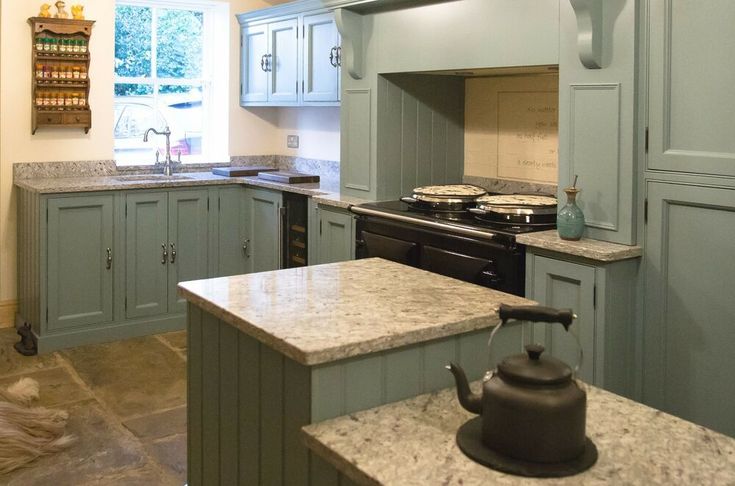
Boar castration sequence. nine0005
Neutered hogs are hardier and grow faster.
At what age is it necessary and possible to castrate (cut) a boar
Many farmers believe that it is necessary to castrate boars as early as possible, starting from the 10th day and up to the 45th day of life . Thus, significant blood loss is avoided, babies become more good-natured and calm, pig's milk contains antibodies that promote healing.
Also, with early castration, an early restructuring of the body occurs, which significantly affects growth, blood quality and weight gain. nine0005
About do-it-yourself artificial insemination
Artificial insemination of pigs is now popular, as it helps to avoid a number of problems that can occur during sexual intercourse.
- Sexual diseases are excluded that affect the continuation of the breed, if any, it is worth refusing the procedure and making a decision after treatment.
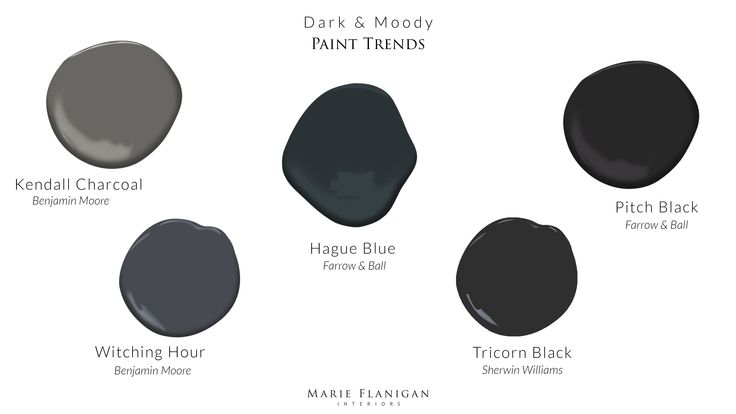
- The boar requires care and maintenance costs , feed costs, an increase in the barn area. With the help of the semen of a breeding bull, these economic problems are easily solved. nine0012
With this insemination on the farm, it is desirable to have animals of the same age, while ovulation occurs at the same time.
How insemination occurs: hunting, when to happen
- with the help of boar ferromone determine the readiness of females; 90,009 finished pigs are marked with paint and placed in another barn;
- semen is heated to a maximum of 39°C;
- do their own fertilization.
The insemination process is carried out in two ways:
- Fractional. In this case, the semen is injected in several stages: 35-40 ml, then 70-80 ml of a solution consisting of 30 g of glucose, 4.5 g of salt and 1 liter of pure water.
- Non-fractional .
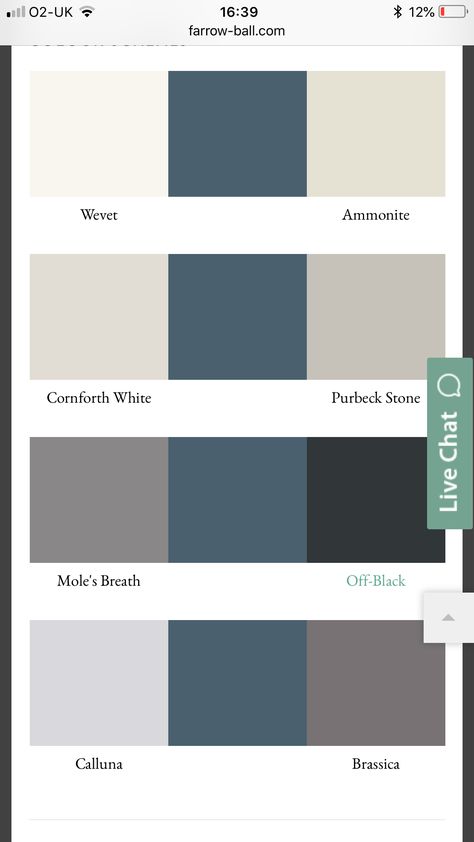 100 ml of diluted sperm are immediately let into the uterus (the net component of the working substance is 80 ml). Artificial insemination of pigs reduces the cost of farmers.
100 ml of diluted sperm are immediately let into the uterus (the net component of the working substance is 80 ml). Artificial insemination of pigs reduces the cost of farmers.
Insemination is carried out with the device UKP-1, UZK-5 and POS-5.
A positive result from artificial insemination is visible on the 20th day after the procedure. nine0004 The impregnated pig does not experience repeated sexual desire. But there is a possibility of re-hunting at 35-40 days, which is why sows are monitored very carefully until this day.
Video
The video shows the behavior of a pig before farrowing.
Conclusions
As can be seen from the article, the farrowing of Vietnamese pigs practically does not differ from the farrowing of other breeds of pigs.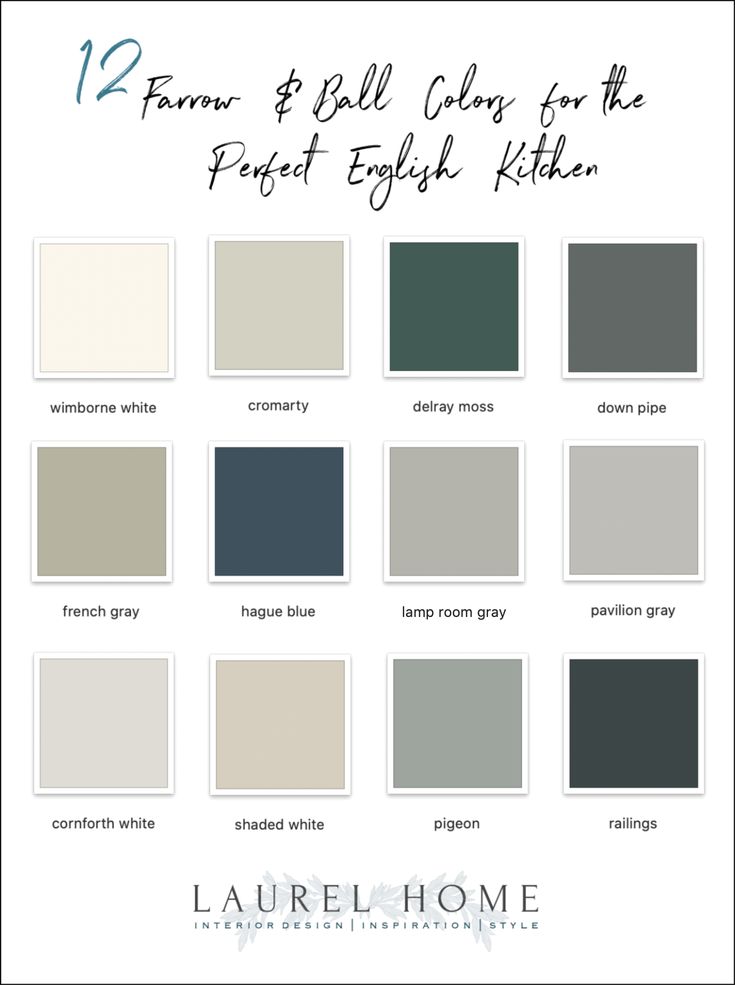
- The ideal start of mating / mating (covering a normal or lop-bellied pig) is not earlier than 5 months of age, if this is done earlier than the norm, there may be complications. nine0004
- For a successful delivery, the animal needs human assistance, as well as a clean, warm separate place, complete pre- and post-natal care and feeding (quality food). How to properly feed a pregnant sow can be found in this article.
- To save money on keeping, breeding pigs in 1926, artificial insemination was invented, which greatly facilitated the work of farmers.
- It is not necessary to exclude possible deviations in childbirth (when it starts to farrow according to the calendar) or in newborns. nine0004 This is taken into account when calculating the profit for animals.
From Pregnancy to Farrowing: The Importance of the Transition - Articles
Home
Read this article in: Nutrition We are concerned about the changes in the transition from gestation to lactation, however, in practice, such changes usually occur quickly.
12 July 2021
0
4
Sow fertility rates have been increasing over the last ten years, by about one piglet every three years. In addition, sows become leaner, fat stores are less. Piglets are born less developed (low birth weight) and we know that the lipid content is less than 2% (Seerley, 1974). In addition, the difference between large and small piglets is increasing. Piglets' energy at birth is estimated at an average of 400 kJ/kg, while energy requirements in the first 24 hours of life average 900-950 kJ/kg (Spilsbury, 2007).
In order to exploit the high potential of sows, it is necessary, among other things, to make significant improvements to the feeding program.
Changes in feeding during the transition from gestation to lactation. nine0061
Not so many years ago we had one type of food for gilts, breeding sows, lactating sows and boars, however today we have a wide range of foods designed for each production phase according to the possibilities/availability at each production stage: for growing gilts, for the first and last month of gestation, the same feed for the entire gestation period, for gestating gilts, feed for sows a few days before farrowing, for lactating sows, for lactating gilts, supplements for lactating sows and for boars.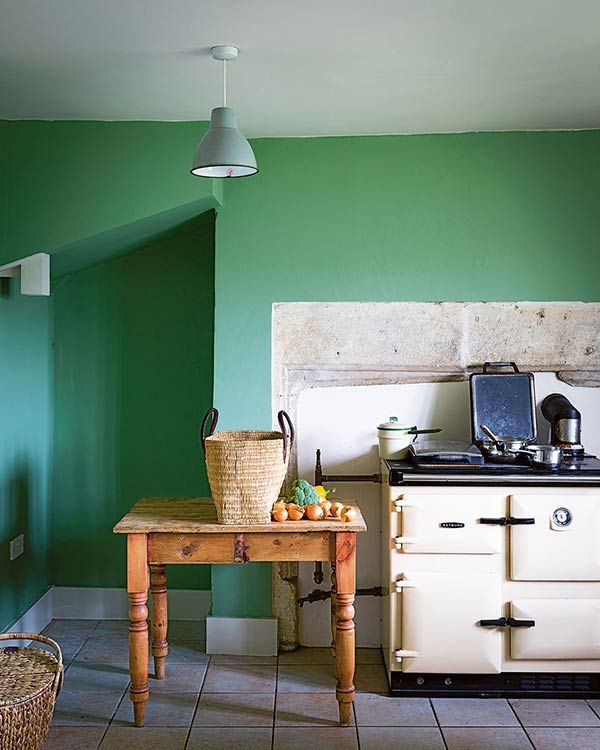 nine0005
nine0005
We are concerned about the changes during the transition from pregnancy to lactation, however, in practice, such changes usually occur overnight. And here a lot of doubts arise, and we will try to talk about a few of them:
- How long is the gestation period at the moment? 116, 115, 114 days?
- What is the difference in duration of gestation between gilts and multiple sows?
- How many days before the expected farrowing date do we move sows to the farrowing house? nine0012
- What kind of feed should be given a few days before farrowing?
- When is the best time to switch from a gestating sow diet to a lactating sow diet?
- How much feed and nutrients should a sow eat a few days before farrowing?
- How much feed should be given on farrowing day?
- How should the amount of feed for lactating sows be increased from farrowing day to maximum intake? nine0012
- How to adapt the amount of feed per day to the existing feeding system?
- Is it recommended to use a certain feed before and after farrowing? What are its characteristics, when can it be used and in what quantity?
- What do we call the period that includes the last days of pregnancy and the first days of lactation, and how long does it last?
In this series of articles, we will look at the last question, ie.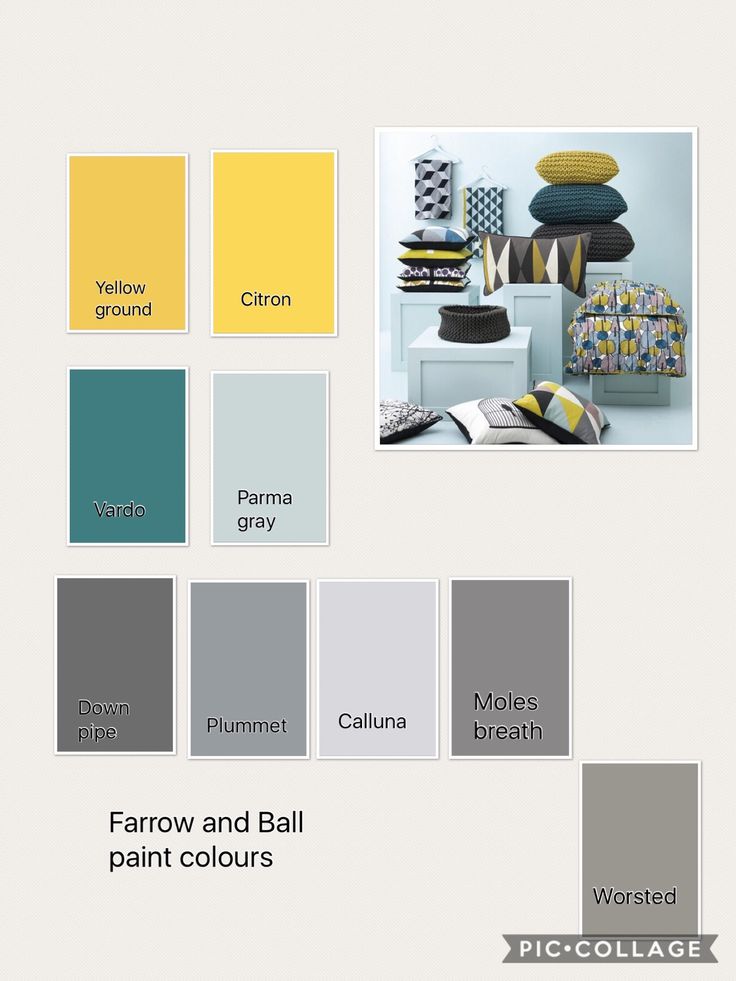 transition period (PT), which we will define as 10 days before farrowing and the first 10 days of lactation, when sows experience significant physiological and metabolic changes (Theil, PK, 2020). This may seem like a short period, but it is very important for the productivity of today's multiparous sows and is roughly comparable in duration to a lactation period of 3-4 weeks. This period especially affects the last phase of fetal development, the growth of the mammary glands and the production of both colostrum and milk, as well as the feeding behavior of the sow during lactation and the deterioration of her physical condition, which will affect her future fertility. This transitional period is attracting increased attention in the US and Canada. nine0005
transition period (PT), which we will define as 10 days before farrowing and the first 10 days of lactation, when sows experience significant physiological and metabolic changes (Theil, PK, 2020). This may seem like a short period, but it is very important for the productivity of today's multiparous sows and is roughly comparable in duration to a lactation period of 3-4 weeks. This period especially affects the last phase of fetal development, the growth of the mammary glands and the production of both colostrum and milk, as well as the feeding behavior of the sow during lactation and the deterioration of her physical condition, which will affect her future fertility. This transitional period is attracting increased attention in the US and Canada. nine0005
Litter of 16 piglets from a multiple sow
Transition diet goals
Recent research focuses on the use of a diet that:
- Helps with farrowing, reduces the need for assistance with farrowing
- Supports performance
- Increases the survival rate of piglets
Research into the role of nutrients in this phase is not new; back at the beginning of 19In the 1980s, Dr. Jim Pettigrew collected papers on differences in the amount of fat consumed during this period and the survival rate of piglets. Recent studies have been conducted in several areas, including:
Jim Pettigrew collected papers on differences in the amount of fat consumed during this period and the survival rate of piglets. Recent studies have been conducted in several areas, including:
- High fiber dietary intake and its effect on shortening farrowing time (Feyera, 2017).
- Effect of hemicellulose on faeces (Ramaekers, 2013).
- Feeding multiple times before farrowing reduces the number of stillborn piglets and increases survival rates (Miller, 2020 - Gourley, 2020). nine0012
- High doses of phytates shorten farrowing time (Batson, 2018).
- High doses of zinc sulfate improve piglet survival (Holen, 2020).
More transition studies are needed to prove these optimistic results, this will also help us minimize metabolic disturbances during lactation with subsequent benefits.
- Colostrum and milk optimization nine0009 Avoidance of excessive loss of body weight, thickness of back fat and/or loin
- Weaning the most piglets with the best vitality
- Weaning of high weight piglets
- Nursing mortality reduction
- Reduce sow mortality
- Reduction of metabolic disorders before and after farrowing
- Reducing the period between weaning and insemination
- Improved fertility and subsequent farrowing
The lactation phase is only 20% of the reproductive period (30 days out of 150), when we expect a sow to eat 30% of her annual feed intake, which is about 5% of the total cost of a full cycle feed from an economic point of view.


